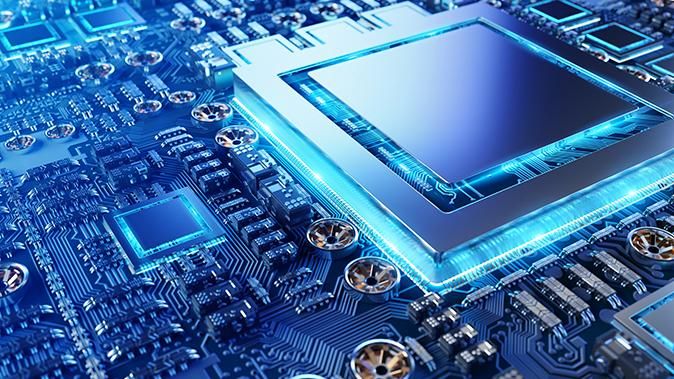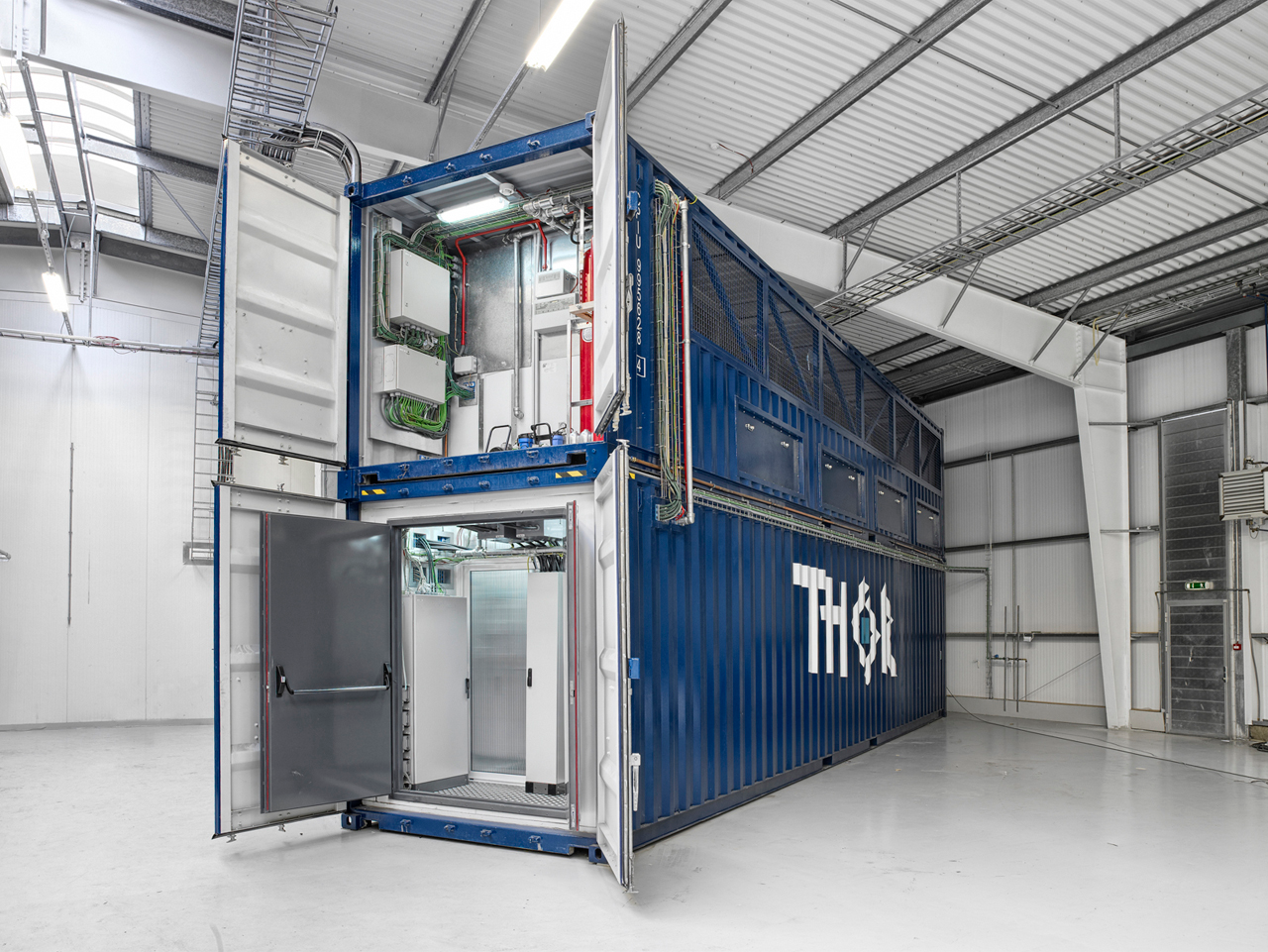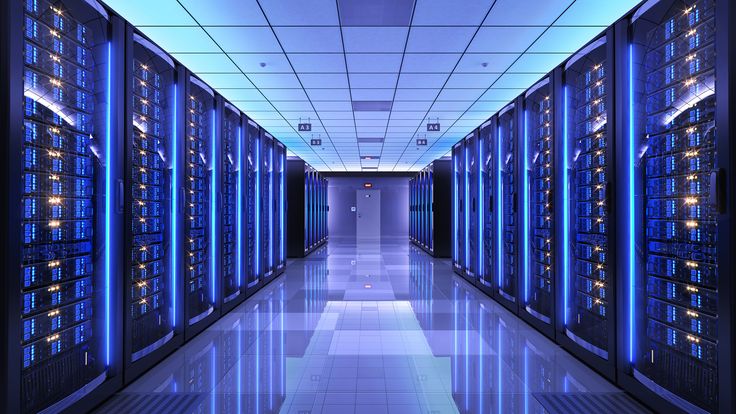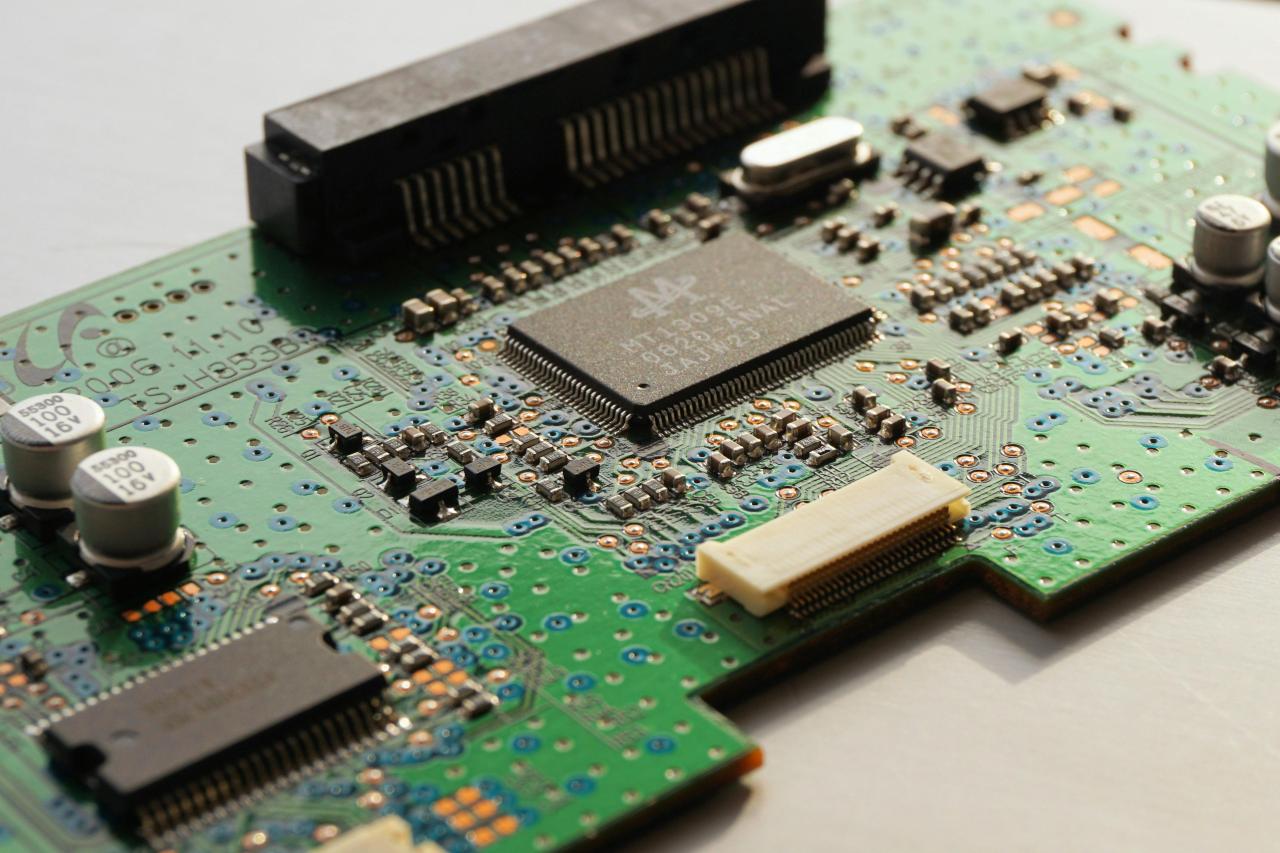In the intricate tapestry of modern computing, where the digital realm intertwines seamlessly with our daily lives, the underlying infrastructure that powers our applications often remains an unsung hero. Yet, for those deeply embedded in the world of technology, from burgeoning startups to established enterprises, the choice of this foundational infrastructure is paramount. While the allure of cloud computing, with its promises of scalability and flexibility, has captured significant mindshare, there remains a compelling argument for a more fundamental approach: bare metal servers. This article delves into the profound advantages of bare metal performance, exploring how it delivers unparalleled application speed and why, in an era dominated by virtualization, it continues to be a critical component for specific, high-demand workloads.
Essence of Bare Metal
To truly appreciate the value of bare metal, we must first understand its core definition. At its simplest, a bare metal server is a physical server dedicated entirely to a single tenant. Unlike virtualized environments, where multiple virtual machines (VMs) share the resources of a single physical server, bare metal eliminates the “hypervisor tax.” The hypervisor, a software layer that enables virtualization, consumes a portion of the server’s resources for its own operation and management. While this overhead is often negligible for many applications, it can become a critical bottleneck for those requiring every ounce of processing power, memory, and I/O performance.
Imagine a high-performance sports car. In a virtualized environment, it’s akin to sharing that car with several other drivers, each taking a turn and requiring an intermediary (the hypervisor) to manage their access to the steering wheel, engine, and tires. On the other hand, bare metal is having that car entirely to yourself, with direct, unmediated access to every component, allowing you to extract its maximum potential. This direct access translates into a tangible performance uplift, making bare metal the go-to choice for applications where latency, throughput, and consistent performance are non-negotiable
The Unrivaled Speed Advantage
The primary draw of bare metal is unequivocally its speed. This advantage stems from several interconnected factors:
A. Direct Hardware Access: Without the hypervisor layer, applications running on bare metal have direct access to the server’s CPU, RAM, storage, and network interfaces. This eliminates any translation or abstraction overhead, leading to lower latency and higher throughput for all operations. For instance, data-intensive applications, such as large databases or big data analytics platforms, can read and write information to storage significantly faster, reducing processing times and improving responsiveness.
B. Elimination of “Noisy Neighbor” Syndrome: In shared virtualized environments, the performance of one VM can be impacted by the resource consumption of another VM residing on the same physical host. This phenomenon, known as the “noisy neighbor” syndrome, can lead to unpredictable performance fluctuations, making it difficult to guarantee consistent service levels. Bare metal completely sidesteps this issue, as your application is the sole occupant of the server, ensuring dedicated and consistent resource availability.
C. Optimized Resource Utilization: Every core, every gigabyte of RAM, and every bit of I/O bandwidth on a bare metal server is exclusively at your application’s disposal. This allows for highly optimized resource allocation and utilization, ensuring that your software can leverage the full power of the underlying hardware without contention. This is particularly beneficial for applications with specific hardware requirements or those that are highly sensitive to even minor performance degradations.
D. Lower Latency for Network Operations: Network performance is crucial for distributed applications and those that interact heavily with external services. Bare metal servers often provide superior network throughput and lower latency due to direct access to network interface cards (NICs) and dedicated bandwidth. This is vital for real-time applications, financial trading platforms, and online gaming, where milliseconds can significantly impact user experience or financial outcomes.
E. Bypassing Hypervisor Overhead: While modern hypervisors are highly optimized, they still introduce a small but measurable overhead. This overhead, however minor for general-purpose applications, accumulates for high-frequency operations, ultimately impacting the ceiling of what an application can achieve. Bare metal eliminates this overhead entirely, allowing applications to push the boundaries of performance.
Use Cases Where Bare Metal Shines
While cloud computing offers unparalleled flexibility and scalability for many workloads, there are specific scenarios where bare metal emerges as the clear winner due to its performance characteristics:
A. High-Performance Databases: Databases, especially those handling massive volumes of transactions (OLTP) or complex analytical queries (OLAP), are incredibly sensitive to I/O and CPU performance. Running a database on bare metal can significantly reduce query times, improve transaction throughput, and ensure data consistency, directly impacting the responsiveness of applications reliant on that data.
B. Big Data Analytics and Machine Learning: Processing and analyzing vast datasets, or training complex machine learning models, are computationally intensive tasks. Bare metal servers, with their raw processing power and dedicated resources, provide the ideal environment for these workloads, drastically cutting down processing times and accelerating insights. GPUs, often crucial for machine learning, can also be directly attached to bare metal servers for maximum efficiency.
C. High-Traffic Web Servers and APIs: While many web applications can thrive in virtualized environments, extremely high-traffic websites, popular APIs, or media streaming services can benefit immensely from bare metal. The ability to handle a massive number of concurrent connections with minimal latency ensures a smooth and responsive user experience, even during peak loads.
D. Gaming Servers: Online gaming demands incredibly low latency and high network throughput to ensure a seamless and fair experience for players. Bare metal servers are frequently chosen for dedicated gaming servers due to their ability to deliver consistent performance, minimize lag, and handle a large number of concurrent players without compromise.
E. Financial Trading Platforms: In the world of high-frequency trading, every millisecond counts. Bare metal provides the ultra-low latency and consistent performance required for these mission-critical applications, where even tiny delays can result in significant financial losses.
F. Scientific Computing and Simulations: Researchers and scientists often rely on complex simulations and computationally intensive calculations. Bare metal offers the raw power and direct hardware access needed to run these simulations efficiently, accelerating scientific discovery and technological advancements.
G. Specialized Software with Strict Licensing: Some legacy or highly specialized software applications have licensing models tied directly to physical cores or specific hardware configurations. In such cases, bare metal simplifies licensing compliance and ensures optimal performance without the complexities of virtualized licensing.
H. Custom Kernel or Operating System Requirements: For applications that require a custom kernel, specific operating system configurations, or direct hardware manipulation, bare metal provides the necessary control and flexibility that might be restricted in a virtualized environment.
The Trade-offs: When Bare Metal Isn’t the Only Answer
While the performance benefits of bare metal are undeniable, it’s crucial to acknowledge the trade-offs involved. No single solution fits all, and the optimal choice often depends on specific application requirements, budget constraints, and operational capabilities.
A. Scalability and Flexibility: One of the main advantages of cloud computing is its elasticity. You can quickly scale resources up or down on demand, paying only for what you use. Bare metal, by its very nature, is less elastic. Provisioning new bare metal servers takes longer, and scaling down unused resources isn’t as straightforward, potentially leading to wasted capacity during off-peak times.
B. Cost Considerations: While the per-unit performance of bare metal can be superior, the initial capital expenditure for purchasing and maintaining bare metal servers can be significant. Furthermore, you bear the full cost of idle resources. In a cloud environment, you benefit from a pay-as-you-go model, which can be more cost-effective for variable workloads.
C. Management Overhead: Managing bare metal servers involves a higher degree of operational complexity. You are responsible for hardware maintenance, operating system installation, patching, security, and networking configuration. In contrast, cloud providers abstract away much of this infrastructure management, allowing you to focus more on your applications. This necessitates a skilled internal IT team or reliance on managed service providers for bare metal deployments.
D. Disaster Recovery and High Availability: Implementing robust disaster recovery and high availability strategies with bare metal requires careful planning and significant investment in redundant hardware and infrastructure. Cloud environments, on the other hand, often offer built-in redundancy and disaster recovery features as part of their service offerings.
E. Time to Provision: Provisioning a new bare metal server typically takes longer than spinning up a new virtual machine or container in a cloud environment. This can be a disadvantage for agile development cycles or when rapid scaling is required.
Hybrid Approaches: Best of Both Worlds
Recognizing the distinct advantages of both bare metal and virtualized/cloud environments, many organizations are adopting hybrid cloud strategies. This approach leverages bare metal for performance-critical workloads, such as databases or high-performance computing, while utilizing public or private clouds for more elastic and scalable applications, such as web servers, development environments, or less demanding services.
A hybrid model allows businesses to optimize for both performance and flexibility, allocating resources where they are most effective. For instance, a company might host its core transaction database on bare metal for maximum speed and security, while running its customer-facing web application and analytical dashboards in a public cloud, allowing for easy scaling based on demand. This strategic allocation of resources can lead to significant cost savings and improved overall performance.
Key Considerations for Bare Metal Deployment
If you’re considering a bare metal deployment, several crucial factors must be meticulously evaluated to ensure a successful implementation:
A. Workload Assessment: Thoroughly analyze your application’s requirements. What are its CPU, memory, storage I/O, and network demands? Is consistent, low-latency performance absolutely critical? Understanding these needs will help determine if bare metal is the right fit.
B. Hardware Selection: Choose the right hardware specifications for your workload. This includes selecting appropriate processors (CPU cores and clock speed), ample RAM, high-performance storage (SSDs, NVMe), and fast network interfaces. Over-provisioning can lead to unnecessary costs, while under-provisioning can hinder performance.
C. Networking Infrastructure: Design a robust and high-bandwidth network infrastructure to support your bare metal servers. This includes ensuring sufficient uplink capacity, low-latency inter-server communication, and redundant network paths for high availability.
D. Security Measures: Implement comprehensive security protocols at all layers, from physical server security to network firewalls, intrusion detection systems, and regular vulnerability assessments. Bare metal deployments require a more hands-on approach to security compared to managed cloud services.
E. Monitoring and Management Tools: Invest in robust monitoring and management tools to track server performance, identify bottlenecks, and proactively address issues. This includes hardware monitoring, operating system metrics, and application-level performance monitoring.
F. Disaster Recovery and Backup Strategy: Develop and regularly test a comprehensive disaster recovery plan, including regular data backups, off-site storage, and a clear recovery procedure in case of hardware failure or other unforeseen events.
G. Operational Expertise: Ensure you have the in-house expertise or access to skilled professionals to manage and maintain your bare metal infrastructure. This includes system administrators, network engineers, and security specialists.
H. Environmental Control: For on-premise bare metal deployments, ensure appropriate environmental controls, including cooling, power redundancy (UPS, generators), and physical security for your data center or server room.
The Future Landscape of Performance Computing
The landscape of performance computing is continuously evolving. While cloud-native architectures and serverless computing gain prominence, the fundamental need for raw, unadulterated processing power remains. Bare metal will continue to play a vital role, especially as new technologies emerge that demand maximum hardware utilization.
For example, the proliferation of Artificial Intelligence (AI) and Machine Learning (ML) continues to drive the demand for powerful, dedicated hardware. Training large language models or complex neural networks requires immense computational resources, often best delivered by bare metal servers equipped with multiple high-performance GPUs. Similarly, the advancements in edge computing, where data processing occurs closer to the source of generation, will increasingly rely on bare metal deployments at the edge to provide low-latency processing for real-time applications.
Furthermore, the rise of high-performance computing (HPC), used for scientific simulations, complex modeling, and advanced analytics, consistently gravitates towards bare metal for its unparalleled computational capabilities. As industries become more data-driven and real-time insights become crucial for competitive advantage, the demand for underlying infrastructure that can deliver optimal application speed will only intensify.
Conclusion
In conclusion, while the cloud offers undeniable benefits in terms of flexibility and scalability, bare metal performance stands as a testament to the enduring value of dedicated, unadulterated hardware for applications demanding optimal speed and consistent performance. From high-throughput databases and intensive big data analytics to latency-sensitive financial trading platforms and immersive gaming experiences, bare metal provides the raw power and direct hardware access that allows applications to truly reach their peak potential.
The decision to choose bare metal is a strategic one, often driven by the specific needs of mission-critical workloads where every millisecond counts and every computational cycle matters. By understanding its advantages, acknowledging its trade-offs, and considering hybrid approaches, organizations can make informed infrastructure choices that not only deliver unparalleled application speed but also contribute significantly to their overall business success and competitive edge in the digital economy.














